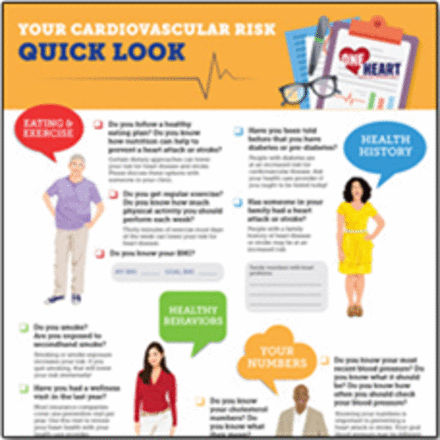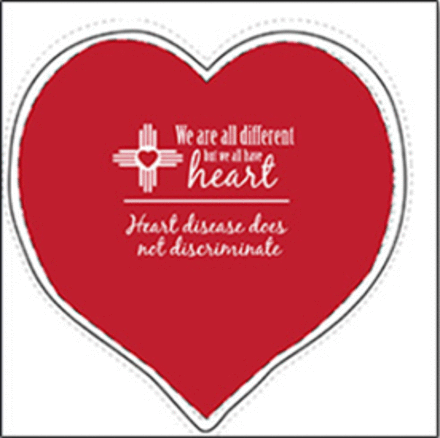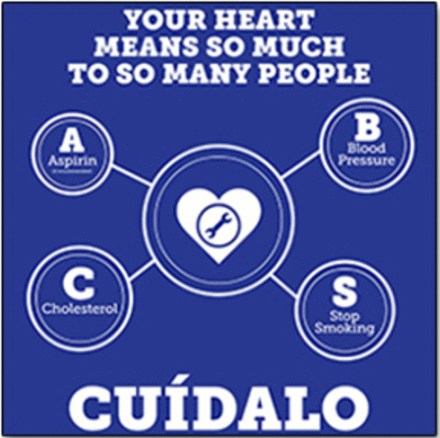Article Figures & Data
Tables
Characteristic Greeley, Coloradoa Denver, Coloradob Hobbs, New Mexico South Valley, Albuquerque, New Mexicoc Community description Largely rural agricultural communities
Population ~75,000
Approximately 30% Hispanic
Lower average income and higher rates of poverty than rest of statePopulation >3 million
Among fastest growing urban centers in the United States
80% White with approximately 30% of its residents identifying as LatinoAmong eastern-most counties in New Mexico.
Population ~35,000
Highest percentage of African American population in the state
Describe themselves as a part of West Texas, because geographically they are closer to Texas than most other places in New Mexico
Oil and gas are the main sources of income in the regionUrban/rural mix; high-density areas are intermingled with agricultural land
Population ~40,000
Predominantly Hispanic, with many recent immigrants from Latin AmericaThemes and messages Early intervention is key, emphasized knowing personal heart health numbers, including blood pressure, cholesterol, 10-yr ASCVD risk
Track health data over time
Provide context around CVD risk (What does 7% risk mean for me?)
Wanted a conversation starter for patient to discuss CVD risk with health professionalsYou only have 1 heart—your life depends on it
Know your risk, even if you feel fine
Act now to lower your risk
Wanted to design products for any age-group
Use brochure to grab attention and dig deeper into actions with the Risk Factor Check ListA clean spiritual life requires a healthy physical life—complete spiritual, physical, and mental health are needed to be whole
Focus on what we can control, not what we can’t (eg, family history)
Heart disease does not discriminate; no matter one’s heritage, ethnicity, religion, etc, we are all at risk
Many members from faith-based community; our bodies are worthy of care
Taking care of health is actually cheaper (“sale”) than consequences of CVD event
Encouraged implementation in community, but also in practice settingMessages aim to elicit a feeling—think about family, love, prevention in a multi-generational sense
Educate ALL ages and get the entire family involved—youth can help the family change and adults and seniors want to be around for their family
Focus on Latino communities
Prevent second chances. Don’t wait for something to happen to take action
“Know your numbers before your ‘check heart’ light comes on”
Implement in community, but also in practice setting
Attention to the need for materials to be in both Spanish and EnglishProduct description Heart Chart, a personal tracking tool for blood pressure, cholesterol, BMI and 10-y ASCVD risk, which provides comparison to normal age-related risk over time
Recipe cards with information about CVD preventionAn informational brochure about cardiovascular disease prevention labeled “You only have one heart”
A similarly themed poster
A checklist of CVD risk factorsBig sign saying “Big Sale!” with information about CVD risk reduction
Hand-held, heart-shaped fan with “We are all different but we all have heart–heart disease does not discriminate.”
Magnet that reads “Our bodies are miracles… but we have to treat them that way!”Trifold brochure informational brochure titled “Prevent second chances”
One-page handout with key heart health numbers in the form on the image of a car dashboard
Informational poster with a picture of a family
Grocery bag that says “Cuídalo” and displays the ABCSExample product 



Colorado New Mexico Standard (n=13) Enhanced (n=13) Standard (n=8) Enhanced (n=8) Variable Mean (SD) Min/Max Mean (SD) Min/Max Mean (SD) Min/Max Mean (SD) Min/Max Total population, No.23 137,376 (188,581) 7,264/572,003 197,019 (241,165) 9,358/622,263 39,872 (38,989) 1,975/145,400 97,866 (174,455) 687/667,092 Non Hispanic white, %23 74.6 (14.8) 53.2/91.5 76.6 (11.2) 52.2/87.9 40.3 (18.6) 10.2/75.3 39.9 (12.8) 18.1/67.8 Hispanic, %23 19.7 (13.9) 4.8/42.3 17.5 (9.5) 7.5/38.4 43.5 (18.3) 13.6/81.7 48.7 (14.5) 19.2/76.9 Below poverty level, %24 14.3 (5.3) 8.4/26.6 12.8 (4.4) 4.3/20.8 21.7 (6.4) 4.4/35.0 19.9 (5.2) 11.9/28.6 Unemployment rate, %24 8.0 (1.5) 5.0/10.2 8.1 (1.4) 5.2/9.6 8.0 (3.2) 4.2/19.0 7.0 (1.9) 4.5/10.2 Uninsured adults, No.25 18,489 (26,710) 635/75,329 24,117 (32,218) 1,475/94,305 6,547 (6,639) 354/24,747 16,060 (27,611) 98/103,316 Median income, $23 53,302 (11,149) 35,126/73,576 54,803 (15,574) 35,423/95,973 41,228 (16,715) 28,275/106,686 39,207 (7,737) 27,430/50,694 NP per 10,00026 8.0 (1.6) 4.8/10.1 8.5 (2.3) 5.5/12.0 3.9 (2.3) 0.0/9.2 3.7 (1.9) 0.0/6.7 Physiciana per 10,00026 5.9 (2.1) 1.2/9.0 6.2 (1.9) 4.1/10.6 7.9 (3.6) 2.1/18.5 6.7 (4.0) 0.0/14.4 Max=maximum; Min=minimum; NP=nurse practitioner.
↵a Primary care physician.
Site of BCT (Region of Recruitment) Community Partners/Academic Participants No./No. Examples of BCT Partner Backgrounds Hobbs, NM (Hobbs, NM) 12/2 Community health workers, local pastor, county commissioner, educator, survivors and caregivers of people with CVD, local health extension agent South Valley, NM (parts of Albuquerque and unincorporated Bernalillo County) 10/2 Community health workers, retired environmental engineer, medical assistants, members of a family-run organic farm, social worker, nursing student, local health extension agent Greeley, CO (Northeast Colorado region) 11/3 Retired teacher and farmer, reading instructor and rancher, retirees, small business owner, public health professional, local practice facilitator, practice manager Denver, CO (Denver and Golden) 12/3 Community members, pastor, community health worker/Promotora, teacher, retirees (retail manager, business consultant, accountant, engineer), public health student, primary care clinicians, public health professionals BCT=boot camp translation, CO=Colorado, CVD=cardiovascular disease, NM=New Mexico.










